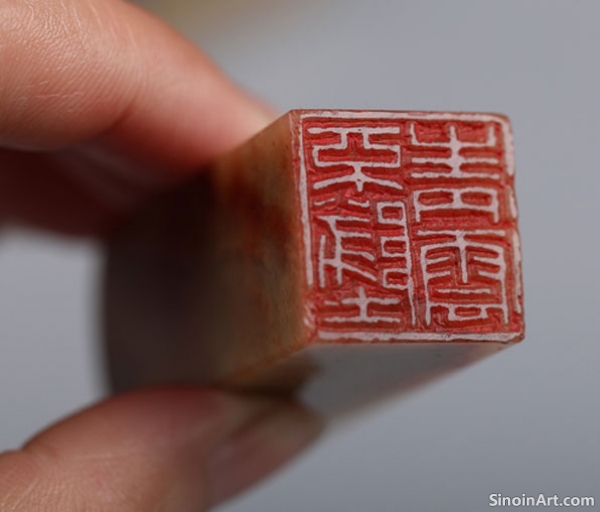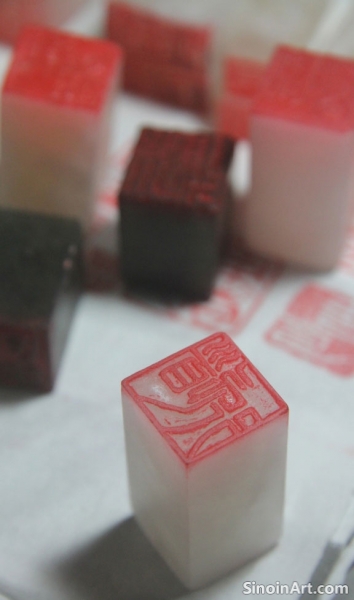The Ancient Art of Chinese Seal Carving
|
Chinese seal carving, or zhuanke, is a venerable art form that has been an integral part of Chinese culture for thousands of years. More than just a means of identification, seals in China carry significant cultural, artistic, and historical weight. They are used on documents, artwork, and personal correspondence, serving as a form of signature, authentication, and personal expression. This unique art combines calligraphy, design, and carving techniques to create miniature works of art.  The origins of seal carving can be traced back to the Shang Dynasty (c. 1600-1046 BCE), when seals were primarily made of bronze and used by the ruling class. Over time, the materials evolved to include jade, precious stones, and various types of wood. The shapes, sizes, and designs of seals vary greatly, reflecting the aesthetic preferences of different eras and the individual styles of their creators. The carving process itself is meticulous, demanding steady hands, keen eyesight, and a deep understanding of the Chinese script and its nuances.  The designs on Chinese seals are not just random patterns; they often incorporate characters, auspicious symbols, or even miniature landscapes. These elements are carefully chosen and arranged to convey meaning and add visual appeal. The interplay between the positive (yang) and negative (yin) space in seal design is a crucial aspect of its aesthetic quality. Different carving techniques are also used, ranging from bold, forceful cuts to delicate, fine lines, adding to the expressive power of the seal.  In the art world, Chinese seals are essential for authenticating paintings and calligraphy. Master artists often carve their own seals or have them commissioned by renowned seal engravers. The seal impression becomes a vital component of the artwork, adding another layer of visual and historical information. Collectors of fine art in China often prize both the painting or calligraphy and the seals that accompany them. Today, while seals may not be as essential for everyday transactions, the art of seal carving continues to be practiced by artisans and appreciated by enthusiasts worldwide. It is a living art form that bridges the ancient past and the modern present. Many artists continue to push the boundaries of the art, exploring new materials and techniques, ensuring that the ancient practice of seal carving remains relevant in the 21st century. |
Tag : Chinese seal carving, zhuanke, Chinese art, seal engraving, traditional Chinese art
Related information
- Characters and Inscriptions on Collector's Seals
- Leisure Seals: A Personal Journey Through Carving and Collecting
- Form and Design of Leisure Seals: Embracing Freedom and Creativity
- Tools of the Trade: Essential Equipment for Seal Carving
- The Historical Evolution of Name Seals: From Ancient Origins to Modern Practice
The characters and inscriptions on collector's seals often provide valuable information about the collector, their interests, and their relationship to the artwork or object being marked. The text included on the seals often conveys important information about the collector’s personality and preferences.
This article reflects on the personal journey of those who engage with leisure seals, exploring the creative process of carving, the joy of collecting, and the deep personal meaning these objects hold.
This article explores the diverse range of shapes, forms, and design elements found in leisure seals, highlighting the freedom of expression that distinguishes them from other types of seals.
This article explores the essential tools and materials used in Chinese seal carving, focusing on the importance of carving knives, stones, ink pads, and other specialized equipment.
This article traces the historical development of name seals in China, from their early origins to their continued practice in modern times, highlighting key changes and developments in their design and usage.